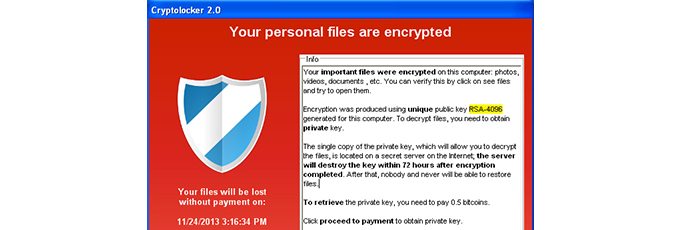


The problem, researchers concluded, was that due to Facebook's UI (and possibly its design intent), users can't tell what's real, and what's not. Any news headline, scare, or new gadget gets turned into a Facebook scam.Ī Facebook study by the security company Bitdefender released in late 2014 unearthed 850,000 Facebook scams running on the social network, dividing into five distinct trends.Īlmost half of the scams pretended to allow users to track their profile views, an offer the company said was popular among people wishing to see if former lovers were keeping tabs on them.

Facebook scamsĬheck the news yourself: a new Facebook scam was reported roughly once a week in 2014. Snapchat said it was user's fault for the use of 3rd party apps, then tried to not look like absolute jerks by saying they were going to ban 3rd party apps like super really hard with a strongly worded letter from their PR department. In addition to this high-profile attack, the company apologized after 4.6 million Snapchat usernames and matched phone numbers were leaked at the beginning of the year.
#Poodle crypto locker software
A third-party Snapchat client app was to blame, which was able to steal images after malicious software installation - exactly what the FCC fined Snapchat for lying about. Over seven million online service users had their privacy violated and their personal information exposed in just two of 2014's big data thefts - Dropbox and Snapchat - both of which used the blame game to evade critical PR.Ī group of malicious hackers got their hands on 6,937,081 Dropbox account credentials and published 1,200 usernames and passwords before asking for Bitcoin to publish even more.ĭropbox issued a statement saying that it had not been hacked, and "These usernames and passwords were unfortunately stolen from other services and used in attempts to log in to Dropbox accounts."ĭubbed "the Snappening" by users of the chat forum 4chan, in October a database containing over 100,000 photos and videos sent across Snapchat networks was leaked online. Application security, aka blame the "other services" enterprise execs (70 percent globally) are adopting cloud storage and web applications within their business. Apple made cloud security's image worse with a come-lately warning to consumers and after the fact activation of 2FA.Ī BT study in September covering 11 countries revealed that more than three-quarters of IT decision makers are "extremely anxious" about security using cloud-based services - yet 79 percent of U.S. It's no surprise that despite the fact that enterprise is rushing to the cloud, enterprise is terrified when it has to think about cloud security and trust in the cloud hit an all time low in 2014.Ģ014 brought big news of serious cloud security breaches, such as the Xen bug forcing Amazon to reboot its EC2 instances, and Xen making Rackspace do the same this weekend.Ĭonsumer fears were fanned, investors panicked and Apple stock slipped in the aftermath of the "celebrity nudes iCloud hack". A well-reported exploitation of a known problem with Apple's iCloud security saw the private photos of A-list celebrities published it was followed with an attack on China's iCloud customers. A March report from RAND Corporation " Markets for Cybercrime Tools and Stolen Data" (commissioned by Juniper Networks) correctly predicted that in addition to unpatched vulnerabilities, the human element will continue to increase as the weak point for attacks.Īt the end of 2014, 95 percent of IT managers believe that they're struggling against the biggest threats in the form of mobile devices in the hands of careless employees.


 0 kommentar(er)
0 kommentar(er)
